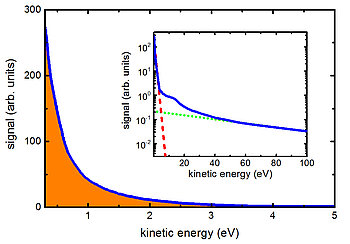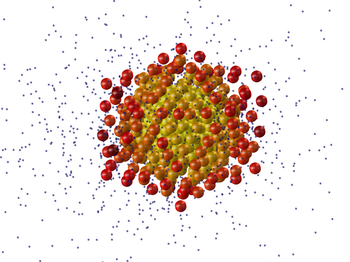When a nanoscale particle is exposed to an intense laser pulse, it transforms into a nanoplasma that expands extremely fast, and several phenomena occur that are both fascinating and important for applications. Examples are the generation of energetic electrons, ions and neutral atoms, the efficient production of X-ray radiation as well as nuclear fusion. While these observations are comparably well understood, another observation, namely the generation of highly charged ions, has so far posed a riddle to researchers. The reason is that models predicted very efficient recombination of electrons and ions in the nanoplasma, thereby drastically reducing the charges of the ions.
A team of researchers from the Imperial College London, the University of Rostock, the Max Born Institute, the University of Heidelberg and ELI-ALPS have now helped to solve this riddle. Tiny clusters consisting of a few thousand atoms were exposed to ultrashort, intense laser pulses. The researchers found that the vast majority of the emitted electrons were very slow (see Fig. 1). Moreover, it turned out that these low-energy electrons were emitted with a delay compared to the energetic electrons.

